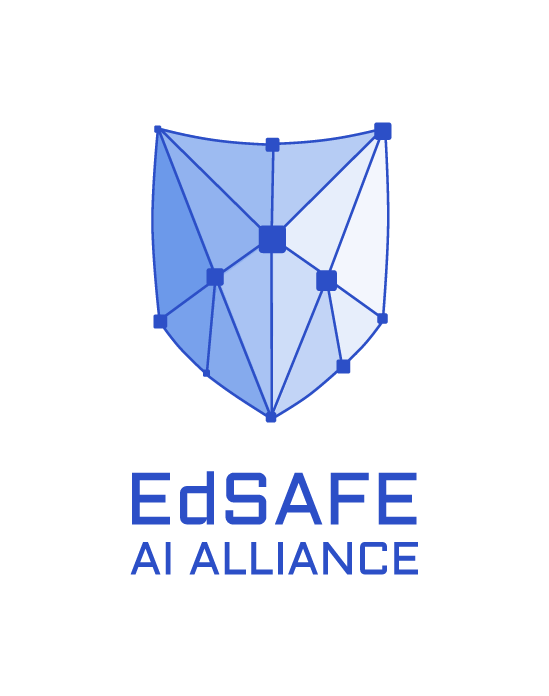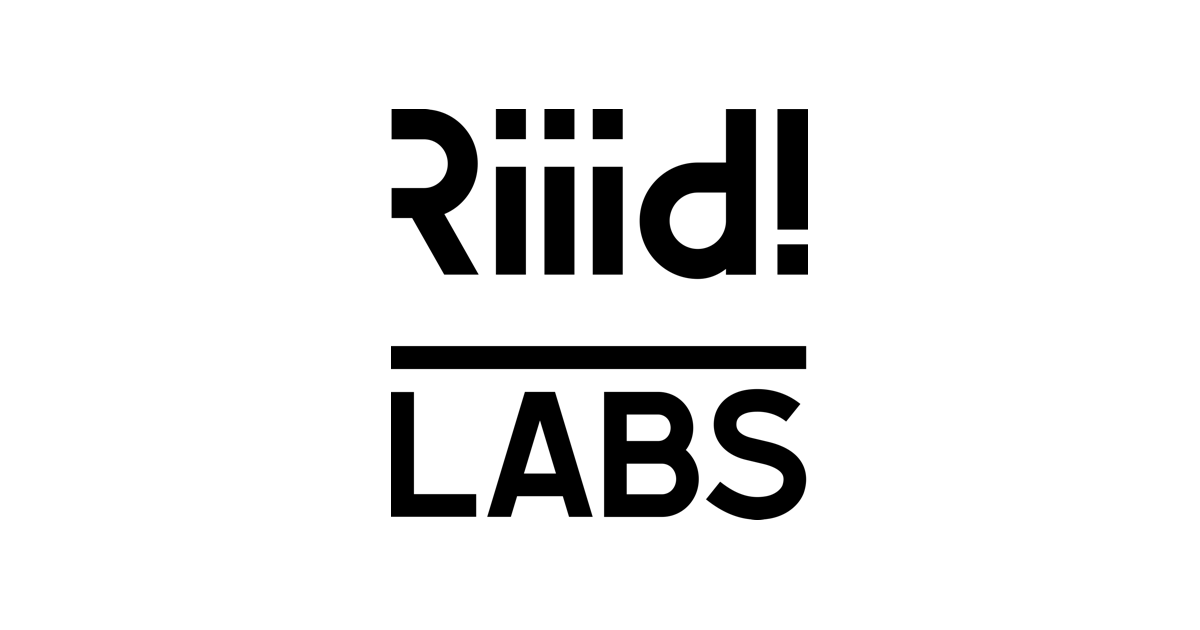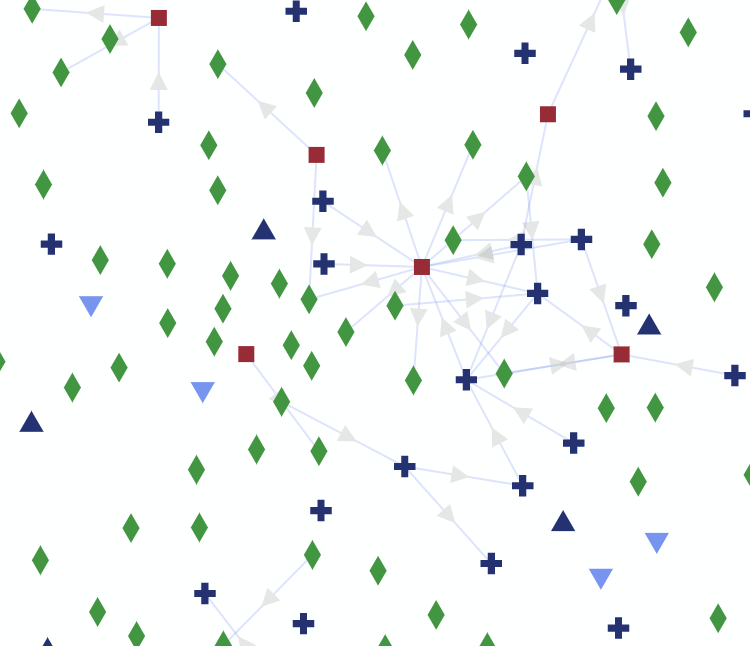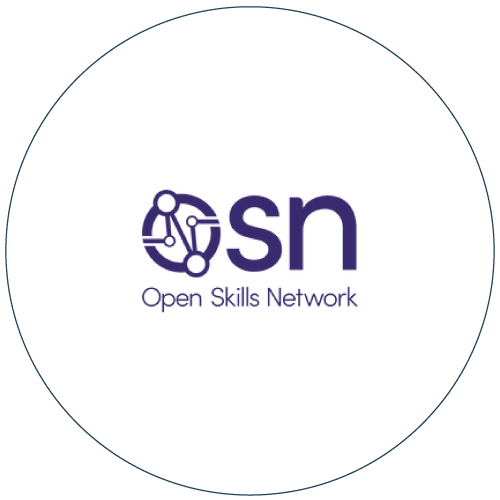Turns out, pretty hard. A lot harder than I originally imagined it would be. I figured it would take about three years when I first wrote this blog post, Two Paths Diverged in the Woods. That was way back in November of 2014.
Boston College, for its own reasons, decided to finish Kuali Student. At least they went in with their eyes wide open. As Mike Bourque, Boston College’s CIO, tells it, “Deciding to finish Kuali Student was the best of four bad options.”
Six years later, Boston College is rolling out the EagleApps system and is teaming up with The DXtera Institute to build a community around this new SIS. DXtera is a non-profit that is transforming “the way higher education does business.”
So… why is it so hard to build an SIS?
A hint can be found in Ohio State’s announcement that they were delaying their implementation of Workday for two years. They delayed: “so that Workday can develop a product that will meet our requirements… our critical functionality needs.” https://enterprise-project.osu.edu/news/2019/10/08/workday-student-timeline-update
It may be fairly easy to slap together a simplified system and throw it in the cloud and claim you have a real Student Information System. It is much harder to create a system that allows an innovative university to do what it does best — educate students using new teaching models and pedagogies.
Imagine if your SIS Actually Supported Innovation
Boston College’s Complex Problems & Enduring Questions core requires an interdisciplinary team teaching approach with multiple courses with distinct but related content and interweaved discussion sections that extend over multiple semesters. It seems complicated, and it is, but it is just that complex pedagogy that makes Boston College distinctive!
EagleApps’s “multi-course” service supports not just Boston College’s unique processes but can be used to manage other complicated pedagogies as well. It is just one example of how EagleApps has remained true to the original Kuali Student vision:
To support a wide range of academic and related business processes, including those that cross departments, systems, and institutions, in ways that work best for each institution, and make it easier, faster, and less expensive to change existing processes and introduce new ones. (Bold and Italics are mine)
So why is it so hard to build a real SIS? Because higher education is complex. People are complex. Top institutions need a system that is flexible enough to keep up with the changes. Ask yourself, does my university really need to keep innovating? I have one answer. COVID-19.
Spread the word. A growing community is forming around a new truly 21st century SIS. If you want to learn more, sign up for DXtera’s on-going webinars or watch videos of past webinars. See https://dxtera.org/solutions/eagleapps/.
















